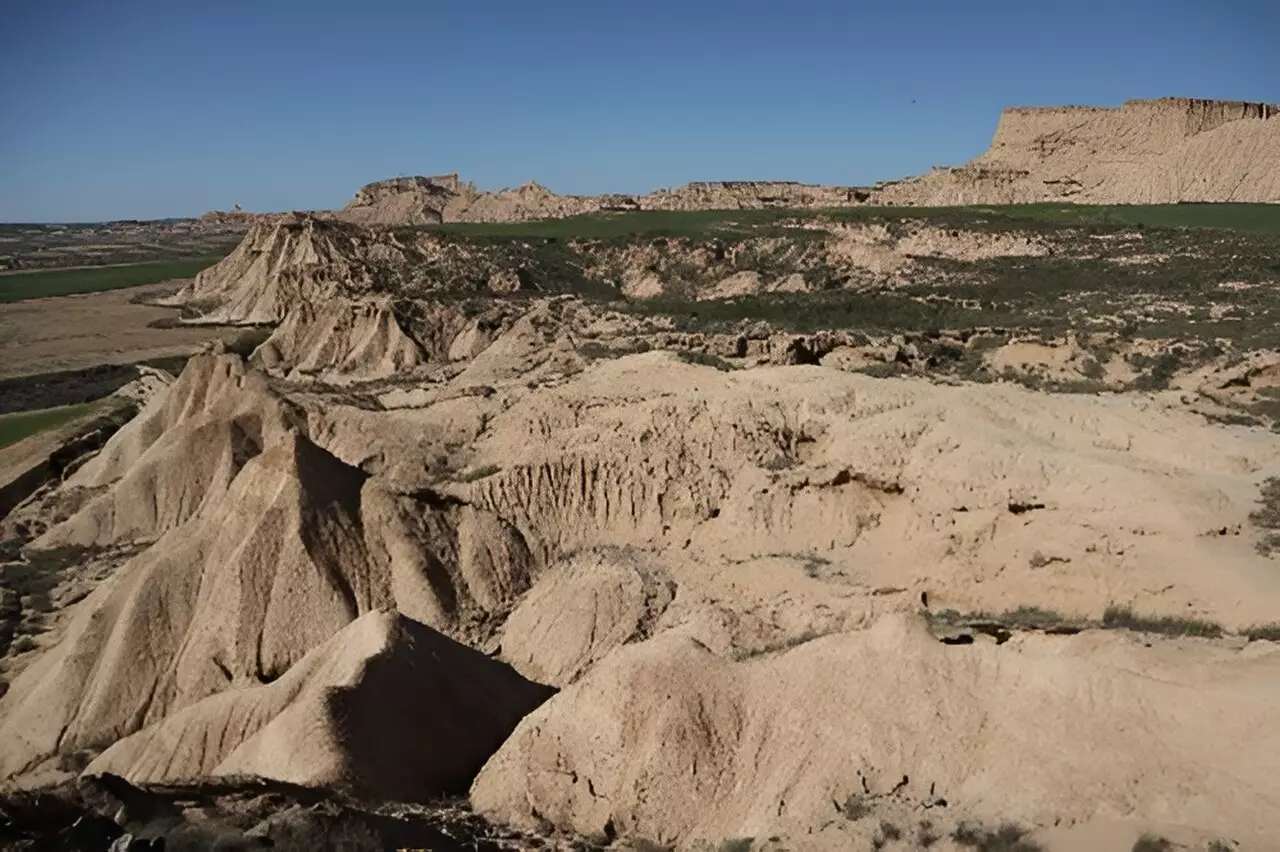Drylands have become a significant concern globally, with nearly half of the world’s land surface now classified as such. These regions, including deserts, shrublands, grasslands, and savanna woodlands, are characterized by water scarcity, impacting not only natural ecosystems but also human-managed landscapes like agriculture, forestry, and livestock production.
Recent research has shown that drylands are not only expanding due to climate change and land management practices but are also accelerating their own proliferation. The study revealed that existing drylands contribute to their own spread by exacerbating atmospheric drying, leading to further terrestrial water loss and transforming humid regions into more arid environments.
Researchers have quantified the process of dryland self-expansion by analyzing precipitation sources and heat patterns over newly expanded drylands. By tracking air movements over these regions over the past 40 years, they found that a significant amount of rainfall deficits and increased atmospheric water demand contributing to dryland expansion could be attributed to existing drylands.
Drying soils in existing drylands release less moisture and more heat into the atmosphere, resulting in reduced rainfall and increased atmospheric water demand in downwind humid regions. This process can gradually turn humid areas into drylands over time, with regions like Australia and Eurasia experiencing self-expansion as the primary driver of dryland spread.
As the world moves towards a warmer and potentially drier future, the phenomenon of dryland self-propagation is expected to accelerate, posing significant risks to human livelihoods, ecosystems, and socio-economic stability globally. It is crucial to address these concerns through climate change mitigation and sustainable land management practices to prevent further dryland expansion.
The study also identifies regions most vulnerable to further dryland expansion, emphasizing the urgent need for coordinated ecosystem conservation efforts and the development of land-based adaptation strategies to prevent drought and heat propagation. Addressing these issues is vital to safeguarding our planet’s biodiversity and ensuring the well-being of both present and future generations.


Leave a Reply